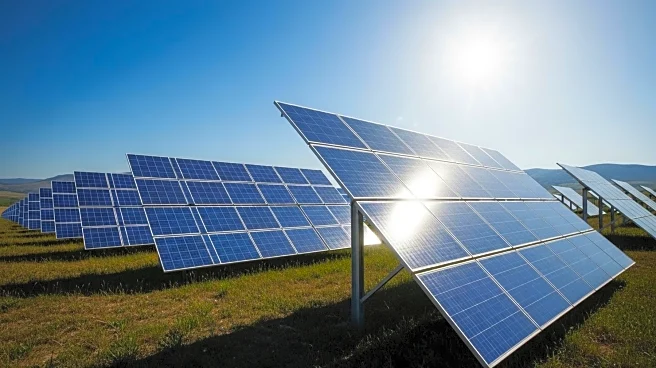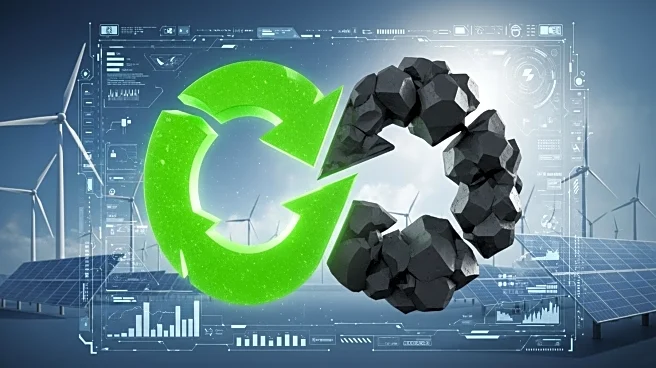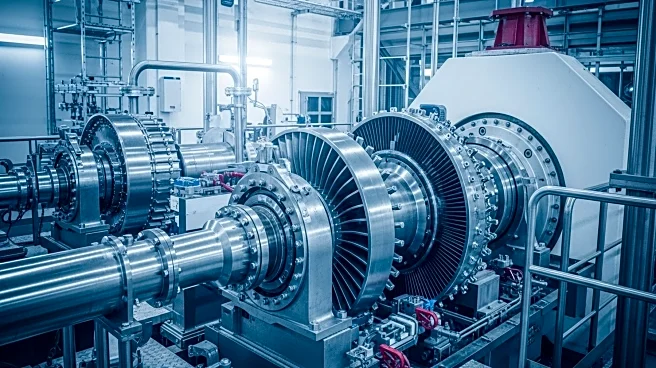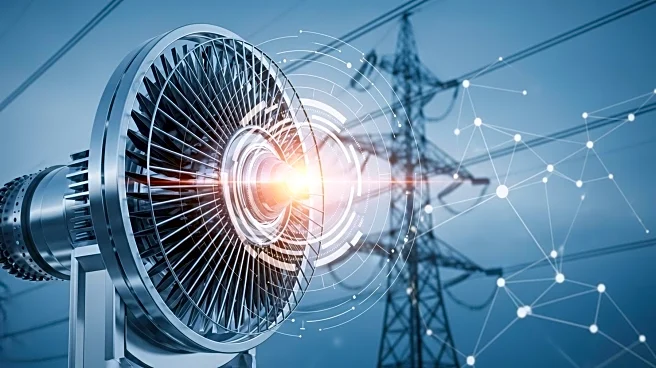What is the story about?
What's Happening?
Millions of U.S. households face energy insecurity, often struggling to pay energy bills or living in uncomfortable indoor temperatures. Heat pumps, which provide both heating and cooling, are emerging as a viable solution to this issue. These devices operate more efficiently than traditional systems, potentially reducing energy bills and improving indoor comfort. Federal and state programs are now supporting the financing of heat pumps to encourage their adoption across the country. However, the extent to which heat pumps can alleviate energy insecurity remains under study. Research using data from 8,656 households in Phoenix, Arizona, indicates that homes with heat pumps begin cooling at lower outdoor temperatures and use less electricity, resulting in significant savings, especially for low-income families.
Why It's Important?
The adoption of heat pumps could significantly impact energy equity in the U.S., particularly benefiting low-income households. By reducing energy bills and improving comfort, heat pumps can help narrow the energy equity gap. This is crucial as energy costs continue to rise, disproportionately affecting vulnerable populations. The potential savings and improved living conditions could lead to broader societal benefits, including better health outcomes and reduced financial stress for families. Policymakers are keen to gather evidence on the effectiveness of heat pumps in improving household well-being, which could influence future energy policies and funding allocations.
What's Next?
As the energy transition progresses, further research is needed to assess the long-term benefits of heat pumps in reducing energy insecurity. Policymakers may consider expanding financial incentives and support programs to increase the adoption of heat pumps, particularly in regions with high energy costs. The success of these initiatives could lead to broader implementation of clean energy technologies, contributing to national goals of reducing carbon emissions and promoting sustainable energy use.
AI Generated Content
Do you find this article useful?













